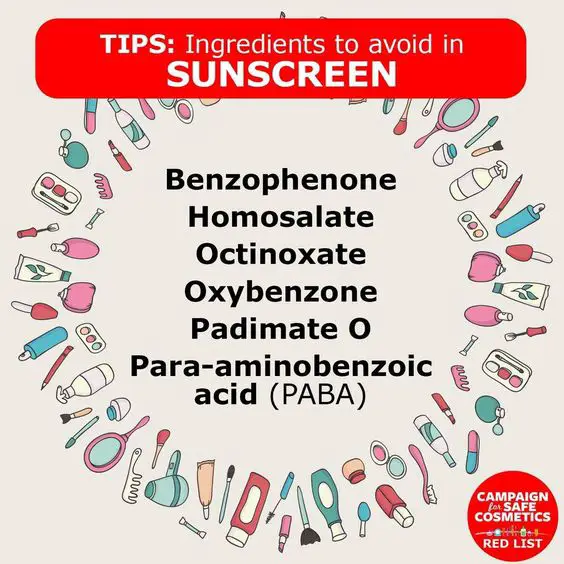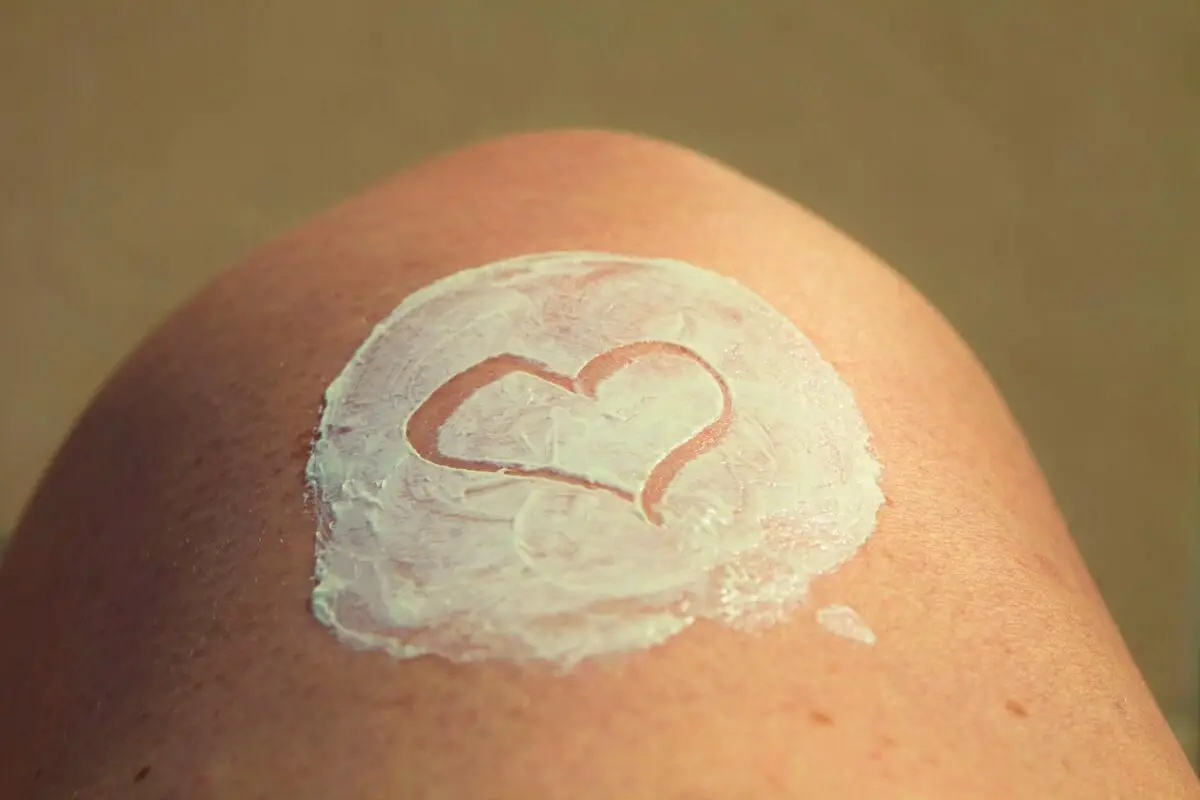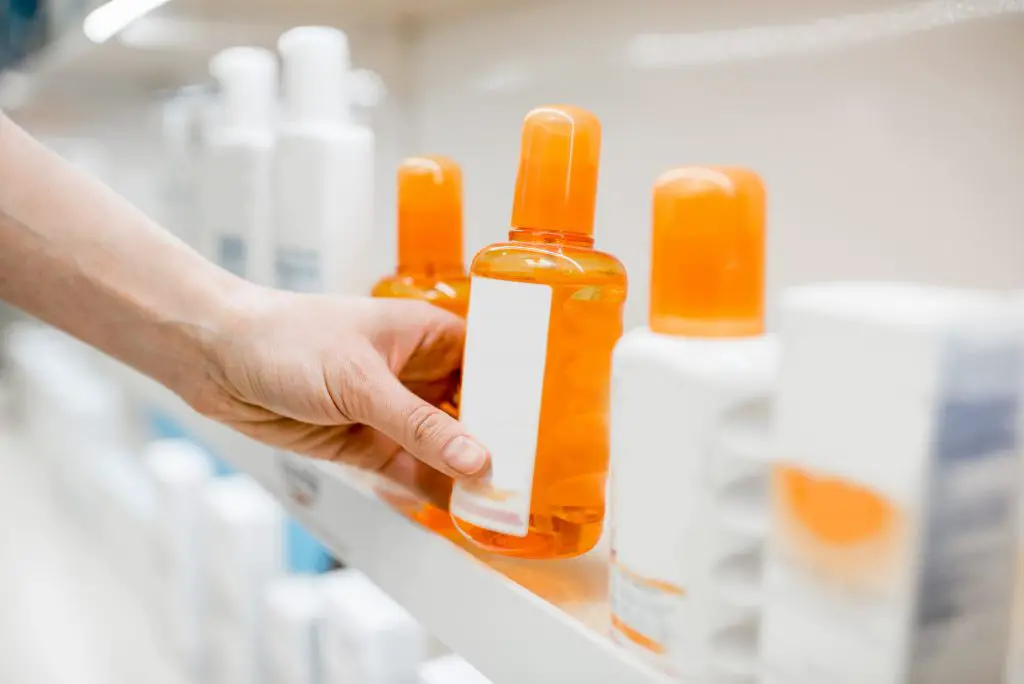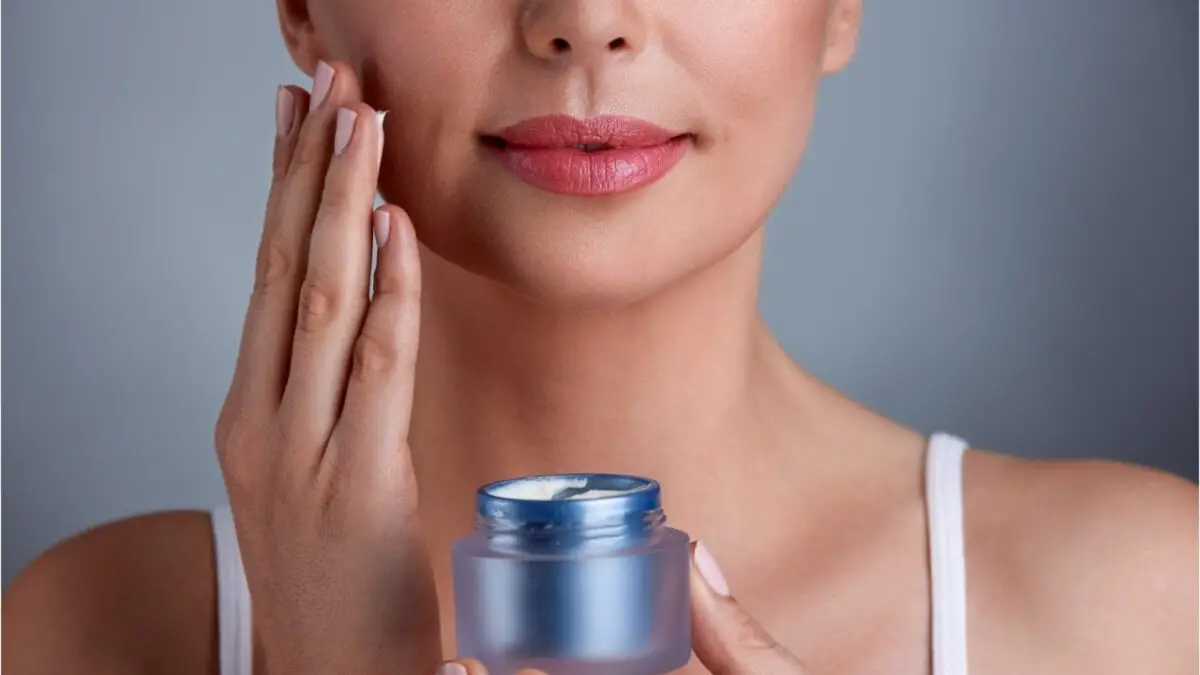If there is one factor that can significantly change your appearance for the worst and make you look much older than your age, or cause skin cancer, it is the sun. To avoid the adverse effects of excessive sun exposure on the skin, there is a wide range of sunscreen ingredients in products that have been developed.
Some people tend to believe that every safe and effective sunscreen cream it’s determined by its cost. So the higher the price, the better is the sunscreen. Unfortunately, this is rarely the case.
More than this, there are ingredients in the sunscreen products, even the premium range that should be avoided at all costs. In this article, we will discuss sunscreen ingredients to avoid, and the best way for sun protection.
Choosing the Sunscreen Lotion

The most important thing you will want to check before buying a sunscreen lotion is the list of ingredients, not the price of the product.
It is essential to be informed about the elements that shouldn’t be found in such cream. Also, you should avoid buying products with components that are not recommended.
The rule of thumb is always to choose creams and lotions and to avoid sprays. Sprays, you could quickly ingest while applying on the skin. At the same time, even when it comes to creams, multiple studies have shown that they can have ingredients that penetrate the skin and end up in the blood flow. This is the reason you need to know about sunscreen ingredients to avoid.
Ingredient #1: Oxybenzone
This is one of those commonly used sunscreen ingredients that can often be found in sunscreen creams and lotions as it is an absorbent for UVB and UVA rays. This chemical substance helps other chemicals in the milk to be absorbed in the skin. As soon as this substance penetrates the surface, it can have a photosensitive effect. In other words, the skin can become sensitive to light. This effect can manifest through skin redness, inflammations, itchy skin, allergies.
Oxybenzone is used to preserve the integrity of the other chemical active ingredients in the cream that are exposed to the sun. When exposed to the UV rays, the oxybenzone can trigger eczema that will manifest as an allergic reaction. The irritation can become wider in time.
There are also experts who sustain the theory that oxybenzone can trigger hormonal imbalances in the body. It is preferable to avoid using sunscreen with this ingredient, especially on children.
Ingredient#2: Octyl Methoxycinnamate
This chemical substance can be found in sunscreen creams but also in lip balms. It is easily absorbed in the skin and also helps with better absorption of the rest of the active ingredients. While it is not associated with allergic reactions like in the case of the component discussed before, it is also related to hormonal imbalances. Also, it is essential to know that while the sunscreen cream is used to avoid premature aging of the skin, this ingredient has the exact opposite effect as it can produce free radicals that are dangerous for the skin.
Ingredient#3: Octocrylene
When this commonly used chemical substance is exposed to UV light, it absorbs the rays and produces oxygen radicals that can destroy the cells and cause mutations. It is easily absorbed by the skin and can be accumulated in significant quantities in the body. More than this, the octocrylene can be toxic for the environment.
Ingredient#4: Parabens
Most of us are already aware of the effects of the parabens on the body and why they should be avoided in all types of cosmetic products. Associated with acute and chronic side effects, the parabens can induce allergic reactions. You should also know that there are suspicions that the parabens in the products used at the level of the axilla can contribute to the increase in the number of breast cancer cases.
Ingredient#5: Synthetic fragrances
While you might smell heavenly when applying that exotic sunscreen cream, the reality is that the synthetic fragrances can be quite dangerous for the body. These synthetic fragrances have been associated with severe skin conditions such as allergies and dermatitis, but also respiratory diseases. So, if you want that coconut smell, better use coconut oil on your skin instead of chemical substances.
Ingredient#6: EDTA
If you are firm on your position to stay away from parabens when it comes to sunscreen, take care with products that have EDTA on their active ingredients list. While they are marked as paraben-free, Tetrasodium EDTA or disodium EDTA are also preservatives.
Why are all these Chemical Ingredients Used in Sunscreen?

Choosing a broad spectrum sunscreen product can be a rather daunting task considering all the chemical ingredients that are used for manufacturing such cream or spray. The role of the mineral sunscreen product s to protect the skin against the damaging UV sun rays. The sunscreen filtrates the UV when it reaches the surface of the skin. In other words, these products absorb a part of the UV rays with the aim of protecting the skin, preventing skin burns and other conditions caused by sun exposure, such as melanoma, for example. However important sunscreen products are, the risks associated with using this kind of product can’t be ignored. The chemical ingredients used in these products can’t be eliminated or replaced with other active ingredients, as the sunscreen product wouldn’t be as efficient.
For example, some of these ingredients are needed to ensure skin permeability, so other ingredients can penetrate the skin’s protective barrier and deliver the necessary protection against UV rays. Other ingredients make the product efficient even after immersion in water and so on. All these chemical ingredients are there for a reason and serve a purpose.
What is the Concern?
Mostly we are worried about the side effects these chemical ingredients, found in the broad spectrum sunscreen, can have on our health. Nowadays, we can talk about a chemical debate as certain chemists claim that these synthetic ingredients can act as one of the body’s hormones -estrogen – and trigger confusion in the chemical messages the body receives. As a result, a chemical imbalance occurs that can have negative implications on the health of the individual. Other researchers claim that sunscreen products are actually more harmful to the body that getting sunburnt in the first place. The claim is that some of these chemical ingredients can actually cause cancer, although there are no studies to attest to this at this moment. Many of these claims have not been supported with scientific evidence so far. However, people who are concerned about using a particular product should seek medical advice before using the sunscreen product.
Another concern associated with the use of sunscreen products with chemical ingredients is the inability of the body to absorb vitamin D when sunscreen is used. Vitamin D is essential for health. It can be assimilated from some foods and also from supplements; however, the best way to get your daily intake of vitamin D is a little sun exposure. Certain sunscreen products can prevent getting enough vitamin D, which can result in a poor health condition in time.
Last but not least, one of the most common concerns associated with the use of sunscreen is the allergy to the chemical ingredients. Some people with sensitive skin, allergies, or asthma can have different reactions to the additives that can be found in sunscreen products. In some cases, even the fragrance of the sunscreen can be a highly irritative agent. This means that people with allergies or other sensitivities should read the labels of the sunscreen products very carefully and eventually get a doctor’s advice before applying the products on the skin.
Isn’t It Better Not to Use Sunscreen at All?
Ask any respectable dermatologist, and you will get one answer: the most important thing that you can do to keep healthy skin is to protect it with an SPF cream daily. In other words, not using sunscreen at all is not an option if you want healthy skin and to avoid other health conditions such as skin melanoma. Sunscreen is the first line of defense when it comes to protection against the damaging sun rays, also one of the most efficient methods to prevent premature skin aging and skin cancer. Children and people with sensitive or overly light skin are more at risk when it comes to sun exposure, so special measures are required in these cases.
While there are some voices claiming that the chemical ingredients in the SPF cream can do more harm than good, the general opinion is that sunscreen is necessary, a must-have actually.
What Can We Do About It?
Even for healthy people, there are certain risks associated with using sunscreen products. So, what can we actually do about it? Like it is the case with many other things, there are options here too, and we need to be wise when choosing the sunscreen. Some chemical ingredients in sunscreen, are more harmful than others, and, at the same time, we have a more natural alternative too.
Out of all the formulas of sunscreen creams and lotions, most dermatologists nowadays would recommend the mineral filter ones. You might wonder what the difference between mineral and chemical filters is when it comes to sunscreen. You should know that there are two different sunscreen products categories:
- Sunscreen with chemical filters
- Sunscreen with mineral filters
The chemical filters such as Octocrylene absorb the UV and convert them to heat at the level of the skin. In this way, the filter ensures protection from the damaging effects of the sun. When it comes to mineral filters, their effect is different. Popular mineral filters are zinc oxide or titan dioxide. They create what would look like a physical barrier between the skin and the UV rays. In other words, these mineral filters prevent the UV rays from penetrating the skin. The UV rays hit the shield made by the mineral filters, and then they are reflected from the shield.
What is important to mention about sunscreen with mineral filters is that these products are not absorbed in the skin. They remain at the level of the epidermis after the application. This means that there is little risk of them perturbing the hormonal balance in the body. At the same time, the mineral filters don’t break out at the contact with sun rays and don’t trigger allergic reactions. The mineral filter sunscreen products are considered a safer, healthier version of the chemical filter sunscreen. The mineral filters are a good choice even when it comes to sunscreen products for children or pregnant women. However, just like it is always the case, read the labels carefully before using a product.
Conclusion
It is essential to be responsible when it comes to being outside in the sun, but many sunscreens offer false security of sun protection and may do more harm than good.
The safest option is covering up and supporting skin health internally and externally, to avoid skin cancer. Mineral sunscreens (without nanoparticles or sunscreen chemicals) are also a good option, but for the most part, spray and chemicals contain sunscreen ingredients to avoid.
With the widespread availability of safe and effective, natural mineral sunscreen products on the market now, please consider choosing a safe sunscreen for your family.
Sources
4 Ingredients in Sunscreen You Should Absolutely Avoid – Byrdie
The Trouble With Ingredients in Sunscreens – EWG
What Sunscreen Ingredients to Look for – Healthline
What Is Avobenzone and Is It Safe In Sunscreen? – Goddess Garden





